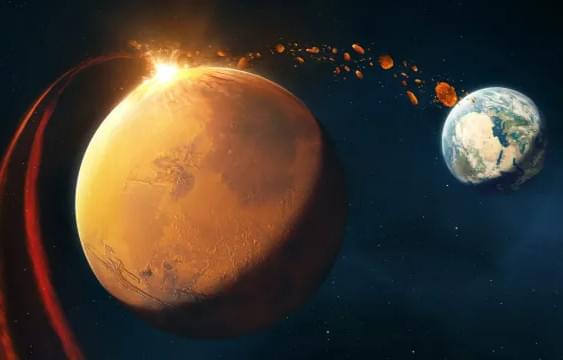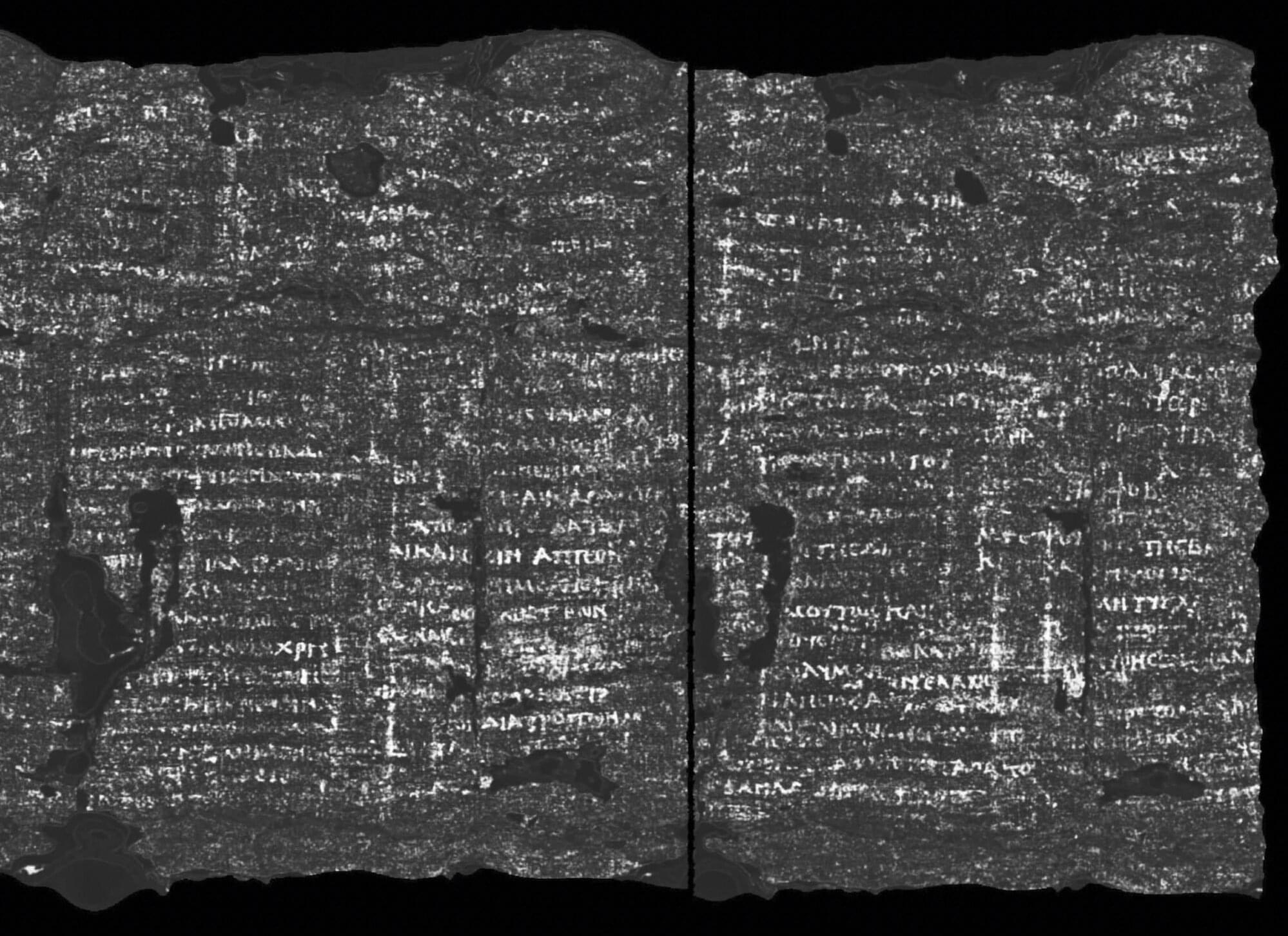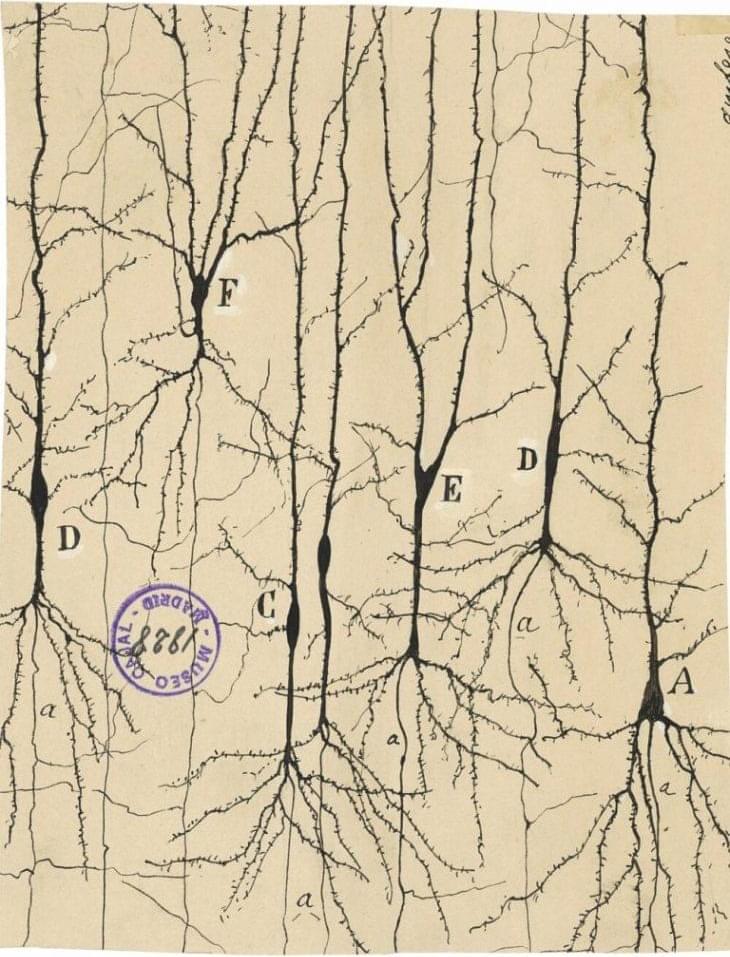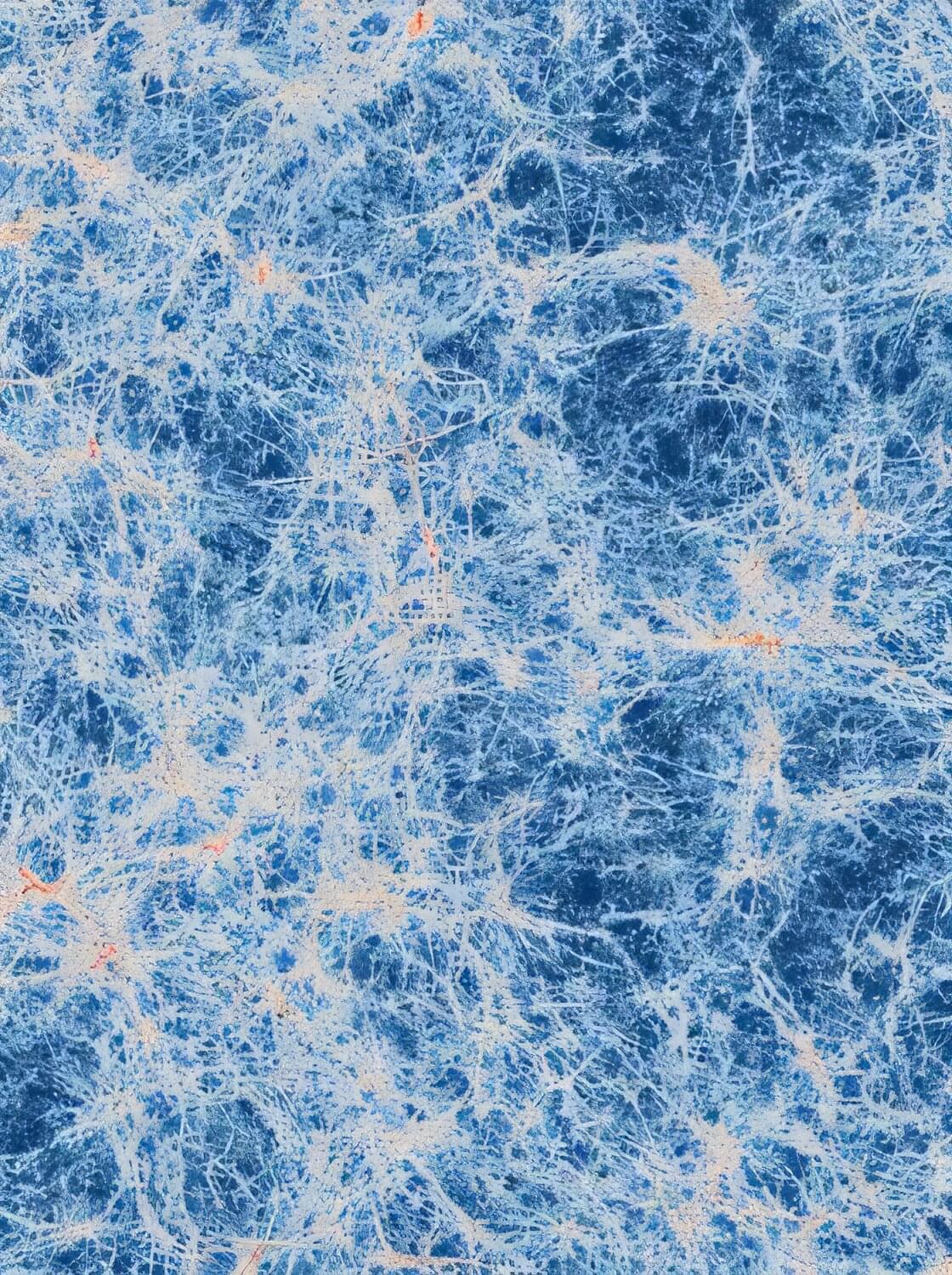Lex Fridman Podcast full episode: https://www.youtube.com/watch?v=OHWnPOKh_S0
Thank you for listening ❤ Check out our sponsors: https://lexfridman.com/sponsors/cv8455-sb.
See below for guest bio, links, and to give feedback, submit questions, contact Lex, etc.
*GUEST BIO:*
Marc Andreessen is an entrepreneur, investor, co-creator of Mosaic, co-founder of Netscape, and co-founder of the venture capital firm Andreessen Horowitz.
*CONTACT LEX:*
*Feedback* — give feedback to Lex: https://lexfridman.com/survey.
*AMA* — submit questions, videos or call-in: https://lexfridman.com/ama.
*Hiring* — join our team: https://lexfridman.com/hiring.
*Other* — other ways to get in touch: https://lexfridman.com/contact.
*EPISODE LINKS:*
Marc’s X: https://twitter.com/pmarca.
Marc’s Substack: https://pmarca.substack.com.
Marc’s YouTube: https://www.youtube.com/@a16z.
Andreessen Horowitz: https://a16z.com.
*SPONSORS:*
To support this podcast, check out our sponsors & get discounts:
*Encord:* AI tooling for annotation & data management.
Go to https://lexfridman.com/s/encord-cv8455-sb.
*GitHub:* Developer platform and AI code editor.
Go to https://lexfridman.com/s/github-cv8455-sb.
*Notion:* Note-taking and team collaboration.
Go to https://lexfridman.com/s/notion-cv8455-sb.
*Shopify:* Sell stuff online.
Go to https://lexfridman.com/s/shopify-cv8455-sb.
*LMNT:* Zero-sugar electrolyte drink mix.
Go to https://lexfridman.com/s/lmnt-cv8455-sb.
*PODCAST LINKS:*
Lex Fridman Podcast full episode: https://www.youtube.com/watch?v=OHWnPOKh_S0
Thank you for listening ❤ Check out our sponsors: https://lexfridman.com/sponsors/cv8455-sb.
See below for guest bio, links, and to give feedback, submit questions, contact Lex, etc.
*GUEST BIO:*
Marc Andreessen is an entrepreneur, investor, co-creator of Mosaic, co-founder of Netscape, and co-founder of the venture capital firm Andreessen Horowitz.
*CONTACT LEX:*
*Feedback* — give feedback to Lex: https://lexfridman.com/survey.
*AMA* — submit questions, videos or call-in: https://lexfridman.com/ama.
*Hiring* — join our team: https://lexfridman.com/hiring.
*Other* — other ways to get in touch: https://lexfridman.com/contact.
*EPISODE LINKS:*
Marc’s X: https://twitter.com/pmarca.
Marc’s Substack: https://pmarca.substack.com.
Marc’s YouTube: https://www.youtube.com/@a16z.
Andreessen Horowitz: https://a16z.com.
*SPONSORS:*
To support this podcast, check out our sponsors & get discounts:
*Encord:* AI tooling for annotation & data management.
Go to https://lexfridman.com/s/encord-cv8455-sb.
*GitHub:* Developer platform and AI code editor.
Go to https://lexfridman.com/s/github-cv8455-sb.
*Notion:* Note-taking and team collaboration.
Go to https://lexfridman.com/s/notion-cv8455-sb.
*Shopify:* Sell stuff online.
Go to https://lexfridman.com/s/shopify-cv8455-sb.
*LMNT:* Zero-sugar electrolyte drink mix.
Go to https://lexfridman.com/s/lmnt-cv8455-sb.
*PODCAST LINKS:* trillion dollar questions | Marc Andreessen and Lex Fridman” | >







